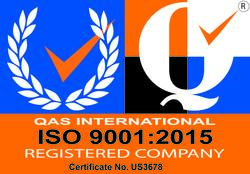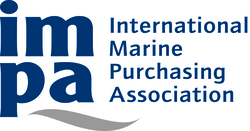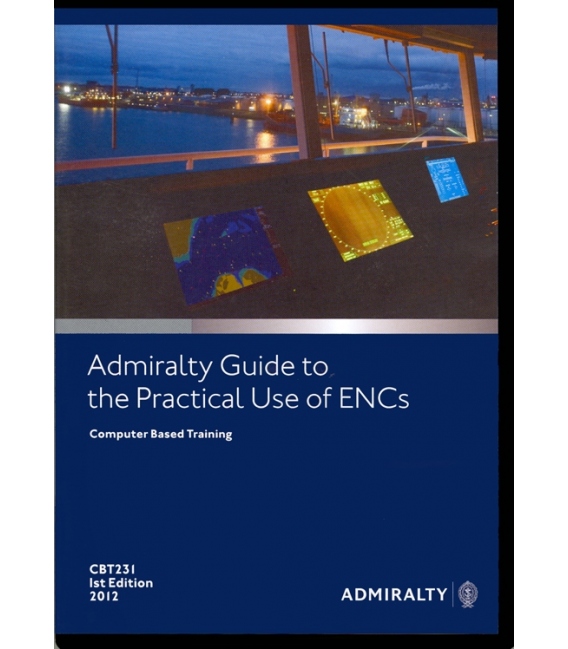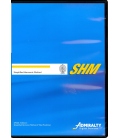


Sign up for our Newsletter
CBT231 Admiralty Guide to the Practical Use of ENCs (Computer Based Training)
*** Discontinued on 5Dec14, but is still useful
*** Withdrawn, no replacement on 10Apr17
*** Related Product: BANP231
CBT231
1st Edition (2012)
CD-ROM
ISBN: 978-0-70-774-1390 (9780707741390)
CBT231 Admiralty Guide to the Practical Use of ENCs Computer Based Training, 1st Edition 2012
This computer-based training package has been developed by the United Kingdom Hydrographic Office to assist ENC users in their transition to digital navigation. Designed to provide a deeper understanding of ENCs and their display on ECDIS, it supports ENC-related knowledge gained during generic and type-specific training. It may also be used to refresh knowledge or as a reference, and successful completion is marked by an official certificate.
The CD must be in the drive at the time of use. It has been designed to work on the following operating systems:
Microsoft Windows XP, Windows Vista and Windows 7
and the following browsers:
Internet Explorer 6, 7, 8 & 9. Adobe Flash Player is also required which is included on the disc.
Aims of the course:
A one day course that will give the participant a fuller understanding of the interaction between ENC data, ECDIS software and the ECDIS user.
Who would benefit:
The course is primarily designed for nationally accredited maritime lecturers or industry training professionals (training managers, superintendents etc). It may also be of benefit to personnel who fulfil a monitoring or assessment function (VTS operators, harbour controllers, port and flag state assessors etc) or those who offer an associated service such as pilots and tug masters. It is not designed for the direct training of bridge watchkeepers. Participants should have previously attended an ECDIS Operator STCW course accredited to the standards of the IMO Model Course 1.27 or the STCW 95 equivalent.
Reason for the course:
Recent International Maritime Organisation (IMO) decisions have led to all large passenger, tanker and cargo ships being obliged to fit ECDIS on a rolling timetable that begins in July 2012. Some operators have already commenced this process, many have yet to begin. This transition from paper to digital charting will significantly change the safe practice of navigation. So, to maintain the high level of confidence traditionally associated with paper navigation, mariners now require a thorough understanding of how the major components of the digital navigation toolbox (ENCs and ECDIS) operate together. Whilst there are many products that offer training in the use of generic and type-specific ECDIS, there is little available that:
• focuses specifically on ENCs
• considers the interaction issues associated with ENCs and the various ECDIS systems.
Transition and change:
There are many evolving issues associated with the transition to digital navigation. Processes, practice and education will all need to adapt to this change. For instance, some of the symbols displayed by ECDIS systems differ from that used on paper charts. UKHO has already produced a guide to this change; this course takes this service a stage further by examining a related but more dynamic area of change - the interaction of ENCs and the ECDIS systems that display them.
In their base form, ENCs are simply datasets. They contain chart features that are encoded as points, lines or areas, without any reference to traditional cartographic objects such as symbols, colours or text. The actual chart display that appears on an ECDIS screen depends on the interaction of several factors, including the ENC cells loaded into the ECDIS, the intended display scale and various display settings selected by the ECDIS user. It is the ECDIS display software, as configured by the user that turns ENC data into meaningful chart information. Different software and settings will produce different results. An understanding of this interaction between the ENC data, the ECDIS software and the ECDIS user is crucial to the safe use of ECDIS.
Contents:
The following key topics will be examined:
• Construction of an ENC and the impact this has on its use in an ECDIS system
• Display of ENC data
• Display settings: understanding of the importance of navigationally significant settings and how these can be altered by the operator
• Accuracy of ENCs: understanding the quality of the data displayed on the ENC and how to check the level of confidence in its accuracy
• Loading and updating the ENCs: successful methods of maintaining charts including supply and support services
• Voyage Planning with ENCs: implications on voyage planning using ENC including appraisal, planning, execution and monitoring
• Procedural considerations when using ENCs: incorporating ENC related issues into bridge procedures.







